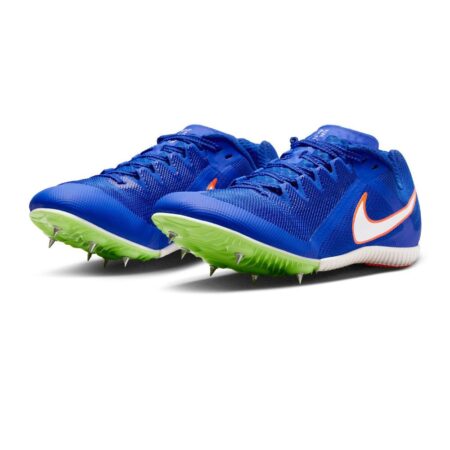A growing body of scientific research suggests that the ability to run long distances may be hardwired into human beings. The BBC’s latest exploration, “Why You Might Be Born to Run,” delves into the evolutionary, physiological, and cultural factors that could explain why endurance running is not just a modern pastime but a fundamental part of our heritage. From ancient hunter-gatherer practices to cutting-edge studies on biomechanics, the report sheds light on how running has shaped human survival and continues to influence health and performance today.
Genetic Factors That Influence Running Ability
Scientists have long explored how inherited traits shape athletic potential, and recent breakthroughs highlight how specific genes play pivotal roles in running performance. Variations in genes such as ACTN3, known as the “speed gene,” determine muscle fiber composition, influencing whether a runner excels in sprinting or endurance. Moreover, genetic predispositions affect oxygen uptake and energy metabolism, giving some athletes a natural advantage when it comes to stamina and recovery.
To better understand this genetic influence, researchers have identified several key factors:
- Muscle Fiber Type: Fast-twitch fibers favor explosive power, while slow-twitch fibers enable endurance.
- VO2 Max Capacity: Genes influencing lung and cardiovascular efficiency impact oxygen utilization.
- Recovery Rate: Genetic markers can dictate how quickly muscles repair after intense exercise.
| Gene | Influence | Dominant Trait |
|---|---|---|
| ACTN3 | Muscle Power | Fast Twitch Fibers |
| ACE | Endurance | Enhanced Oxygen Flow |
| PPARGC1A | Metabolic Efficiency | Improved Fat Utilization |
How Evolution Shapes Your Natural Endurance
Human endurance is no accident; it is a legacy written deep in our DNA, shaped by millennia of survival challenges that favored those able to run long distances. Unlike many animals adapted for short bursts of speed, early humans evolved with a unique combination of physiological traits that supported persistence hunting-tracking prey by stamina rather than sheer power. This evolutionary advantage includes features such as long legs for efficient strides, a spring-like Achilles tendon, and an abundance of sweat glands allowing effective cooling during prolonged exertion.
Several factors distinguish our natural endurance:
- Thermoregulation: Humans can dissipate heat efficiently through sweating, reducing the risk of overheating during extended runs.
- Muscle composition: A higher proportion of slow-twitch muscle fibers supports sustained aerobic activity.
- Energy metabolism: Enhanced ability to store and utilize fat reserves for long-duration energy demands.
| Evolutionary Trait | Endurance Benefit |
|---|---|
| Springy Achilles Tendon | Improves running efficiency by storing and releasing energy |
| Large Gluteal Muscles | Stabilizes hips and supports upright posture while running |
| Enhanced Sweat Glands | Allows prolonged cooling during heat stress |
Expert Tips to Harness Your Running Potential
Unlocking your intrinsic running ability starts with understanding the synergy between mind and body. To maximize endurance and speed, focus on incorporating these scientifically backed strategies into your routine:
- Consistent pacing: Maintaining a steady rhythm delays fatigue and improves efficiency.
- Breath control: Practicing diaphragmatic breathing enhances oxygen intake and mental clarity.
- Strength training: Supplement running with targeted exercises for core and leg muscles to prevent injury.
- Mindful recovery: Prioritize sleep and active rest days to allow muscle repair and mental rejuvenation.
Data from recent studies highlights how these factors can significantly influence your performance potential. Here’s a brief overview comparing average gains from these techniques:
| Technique | Performance Gain | Recommended Frequency |
|---|---|---|
| Consistent Pacing | +12% endurance | Daily runs |
| Breath Control | +8% oxygen efficiency | 10 min/day |
| Strength Training | +10% power output | 2-3 times/week |
| Mindful Recovery | +15% overall performance | Weekly rest days |
Insights and Conclusions
In exploring the science and stories behind our natural inclination to run, the BBC’s “Why You Might Be Born to Run” sheds light on the deep-rooted biological and evolutionary factors that shape human endurance. As research continues to uncover the connections between our genetics, physiology, and ancestral lifestyles, it becomes clear that running is more than just exercise-it is a fundamental part of what makes us human. Whether for survival, sport, or personal well-being, the urge to run runs deep, reminding us of our shared heritage and the enduring power of movement.





